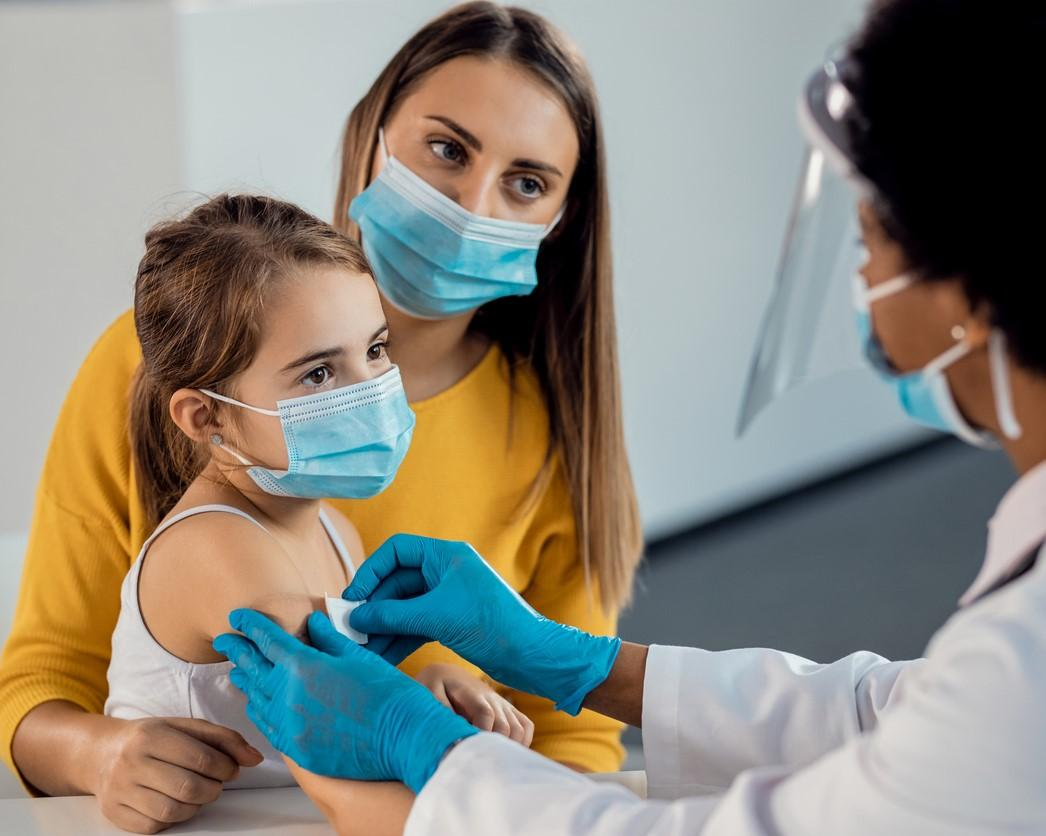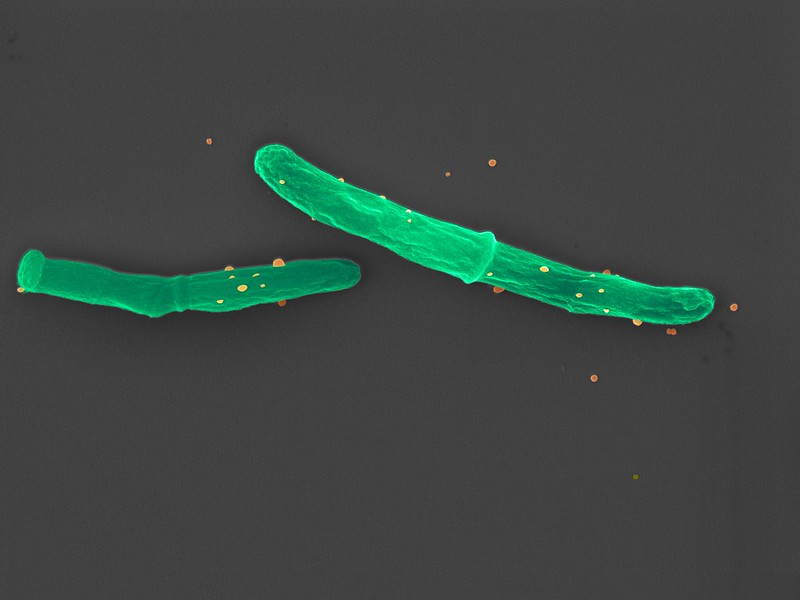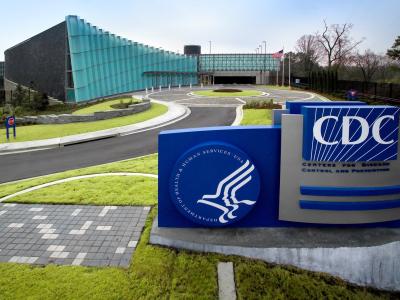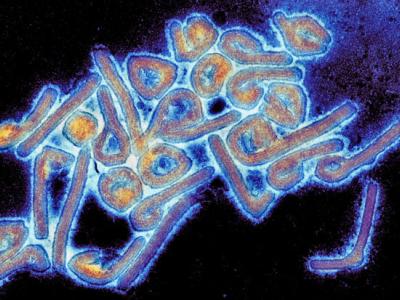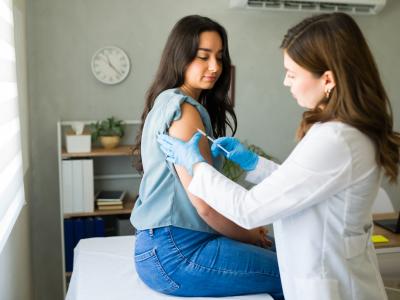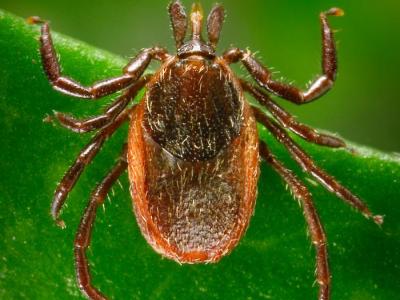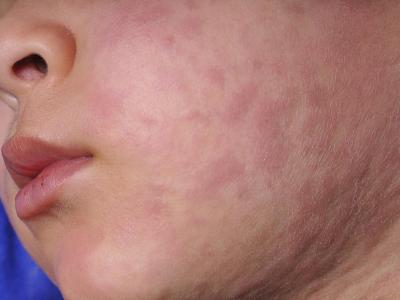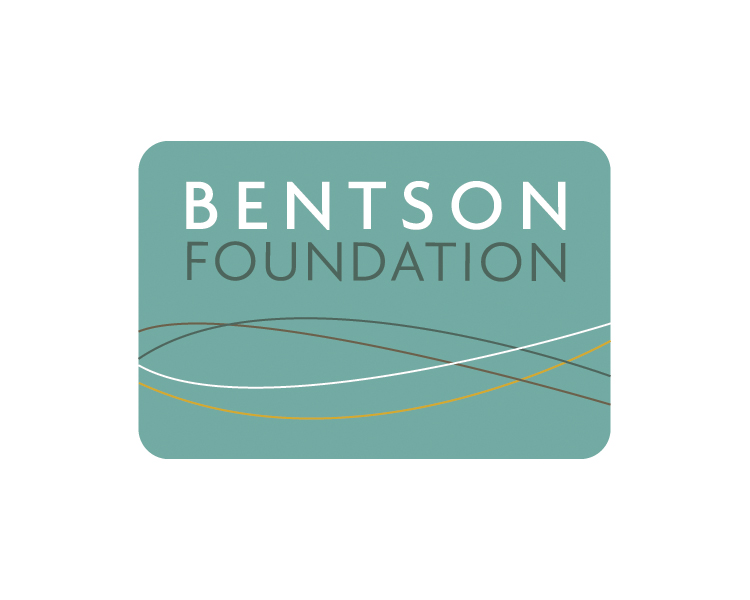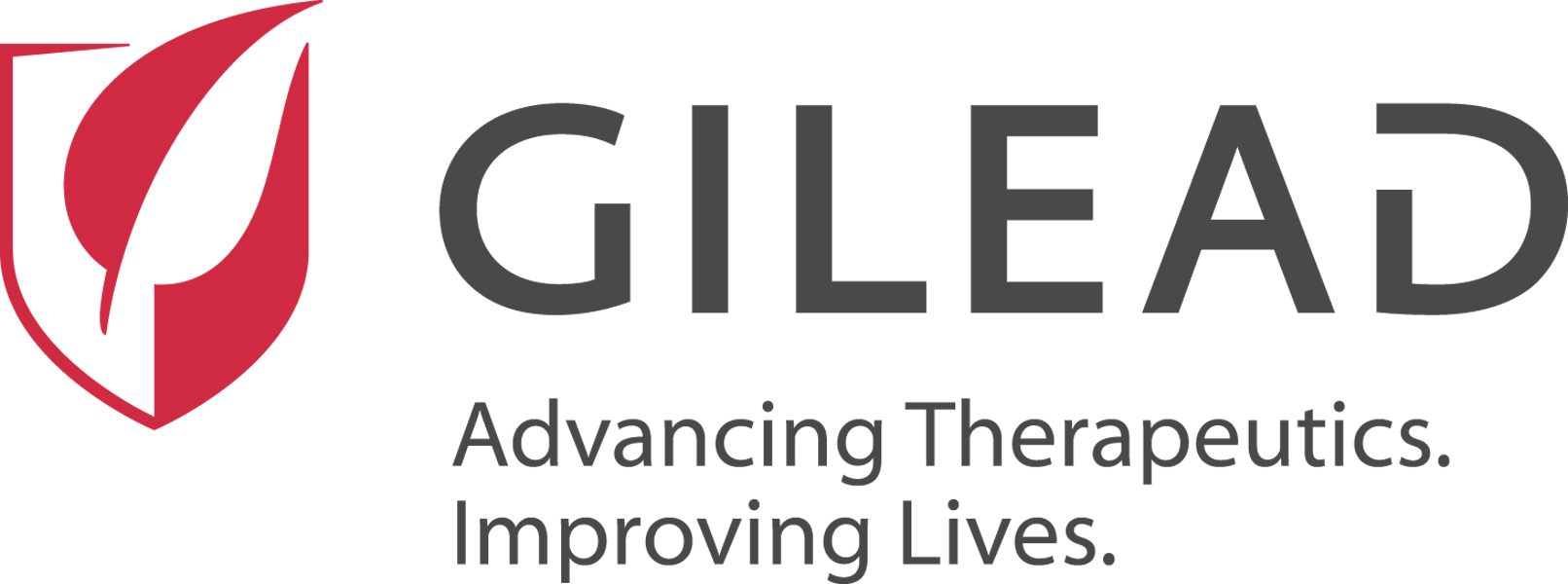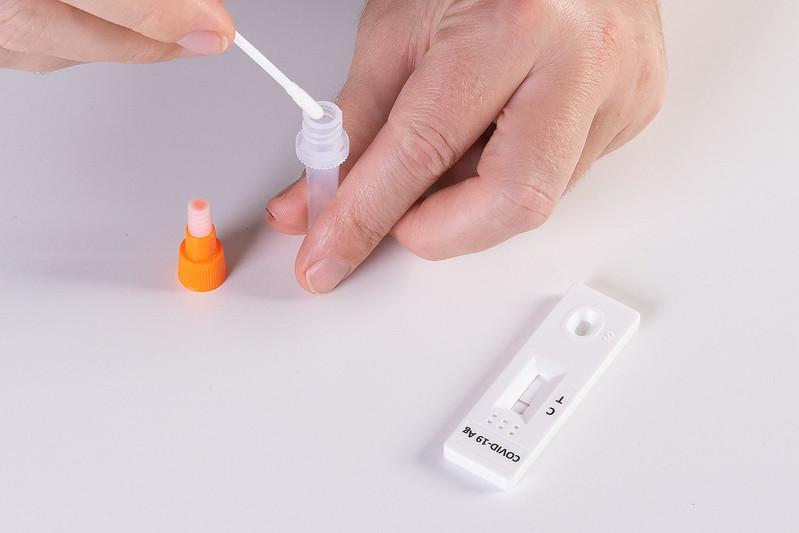
Seven in 10 respondents to a 2024 US survey said they would still reach for a home COVID-19 test if they thought they were infected, UMass Chan Medical School researchers report in JAMA Network Open.
The team used the Ipsos KnowledgePanel to ask 2009 adults whether they would test and, if not, the reasons for not testing, from October 31 to November 7, 2024. The average participant age was 51.5 years, 51.2% were women, 60.7% were White, 18.0% were Hispanic, and 12.1% were Black.
The investigators noted that COVID-19 remains a threat, with the Centers for Disease Control and Prevention (CDC) estimating 28,000 to 46,000 related US deaths and 230,000 to 390,000 hospitalizations from October 2024 to April 2025.
"Early identification of infection enables prompt care and steps to reduce spread," they wrote. "Timely initiation of oral antiviral medications is associated with lower hospitalizations, deaths, and long-COVID incidence among adults at high risk."
Older, healthy respondents more likely to test
Most participants (70.0%) said they would test if they suspected a COVID-19 infection. Factors tied to intent to test were age older than 60 years, excellent health status, trust in the healthcare system, reliance on data to make health decisions, previous completion of a home test, and Black, Hispanic, or mixed race.
Test hesitancy may delay oral antiviral initiation and could result in missed opportunities to limit transmission.
The proportion endorsing each reason for not testing were perceived lack of a reason to test (53.6%), a belief that a positive test result wouldn't be useful (30.1%), lack of trust in tests (20.7%), forgetting that testing is an option (19.4%), preference of not knowing the results (9.1%), lack of awareness of where to procure a test (5.8%), inability to pay for testing (4.9%), and other reasons (8.3%).
The authors called for raising awareness of the value of testing. "Nearly one-third of US adults would not or might not test for suspected COVID-19, largely because they do not see value in testing," they wrote. "Test hesitancy may delay oral antiviral initiation and could result in missed opportunities to limit transmission."
